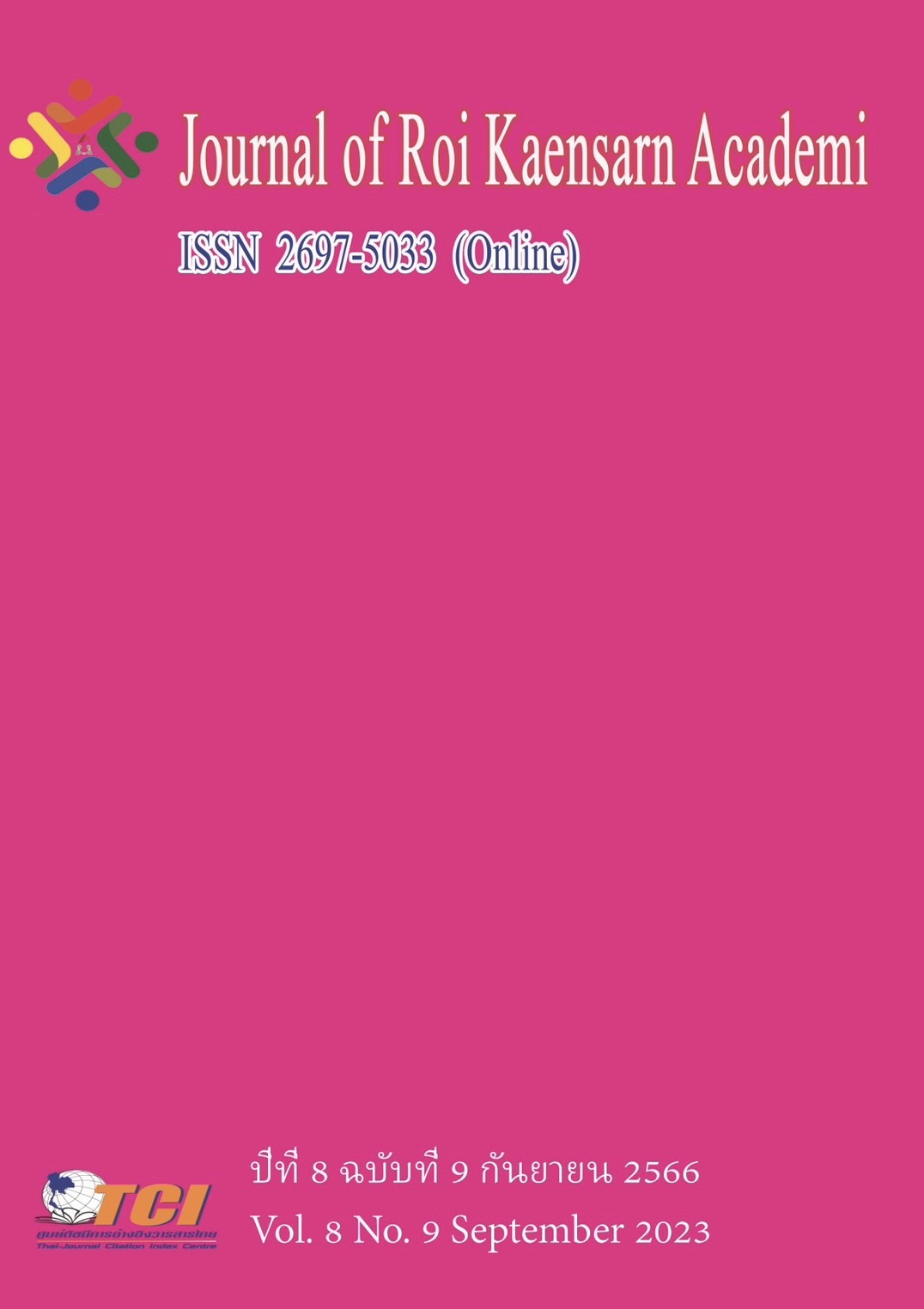The Factors Influencing the Tramsmission of Intangible Cultural Heritage in Market Value and Cultural Value Oriented : Case Study Jiang’an Bamboo Craft in Sichuan Province, China
Main Article Content
บทคัดย่อ
People's living standards are rising daily as a result of social growth, and cultural expectations are also increasing. In this context, passing down and safeguarding intangible cultural assets has grown to be a major problem. Two significant research directions in this process are market value orientation and cultural value orientation.
Taking Jiang 'an bamboo Craft in Sichuan Province as a case, This study employs a structural equation model to examine the influences of market value and cultural value on the inheritance of intangible cultural heritage. Empirical analysis is used to confirm the significance of the two value orientations' effects on the inheritance of intangible cultural heritage. The paper then analyzes the current issues with market value-oriented and cultural value-oriented intangible cultural heritage inheritance based on the findings of the empirical analysis. Among them, the lack of implementation of market support policies and the underrepresentation of guiding social forces at the government level in the inheritance of market-oriented intangible cultural heritage; and the lack of brand image building, low visibility, and the singular form of development and utilization of intangible cultural heritage at the industrial level. The fundamental issue at the university level is the inability of colleges and universities to play their intended role due to the shallowness of school and business partnerships. The ineffective protection concept of grassroots governments, their inability to carry out their duties, the outdated intangible cultural heritage inheritance mode, and the lack of adequate intangible cultural heritage propaganda are the issues that currently exist at the government level in the cultural value-oriented intangible cultural heritage inheritance. Lack of teachers and inadequate support for the curriculum system are issues at the university level, while weak inheritor consciousness and an incomplete talent training and assessment system are issues at the industry level. This essay presents pertinent recommendations from the government, business, and academic levels, respectively.
Article Details
เอกสารอ้างอิง
An, X. (2009). Graduate education in arts management in the United States. Degree and Postgraduate Education. (10), 67-71.
Chen, H. (2016). The lasting memory of bamboo carving. Sichuan Party Construction: Rural Edition. (7), 58-59.
Dong, F. (2015). A discussion of the curriculum setting for graduate education in arts management in the United States. Journal of Nanjing University of the Arts (Fine Arts & Design). (6), 134-137.
Hua, J. M. (2019). Protection, inheritance, innovation, strategy and revitalization: The inheritance and development of Chinese traditional crafts. Studies in the History of Natural Science. (3), 56-63.
Tian, C. (2016). Research on the thought of contemporary art management in China. Beijing: China Federation of Literary and Art Circles Publishing Corporatio.79-80.
Xu, T. Y. (2020). Innovative application of traditional arts and crafts in sculpture design. Light Textile Industry & Technology. (4), 40-41.

